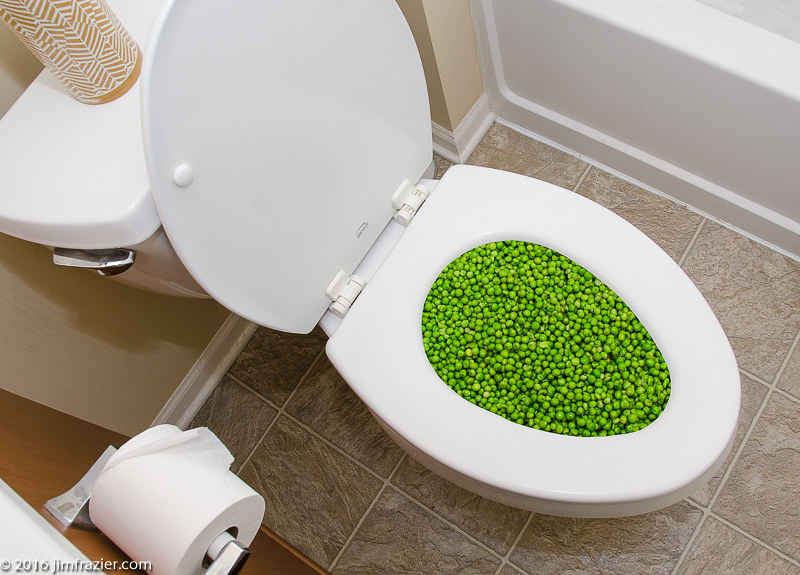Are You Able to Flush Food in the Toilet?
Are You Able to Flush Food in the Toilet?
Blog Article
The article author is making several great pointers on the subject of Flushing Food Down the Toilet? as a whole in this content followed below.

Intro
Many individuals are often confronted with the predicament of what to do with food waste, especially when it concerns leftovers or scraps. One usual inquiry that arises is whether it's all right to flush food down the toilet. In this short article, we'll look into the reasons individuals could think about purging food, the effects of doing so, and alternate approaches for appropriate disposal.
Reasons why individuals could think about flushing food
Absence of recognition
Some individuals might not understand the prospective injury triggered by purging food down the commode. They might wrongly believe that it's a harmless method.
Ease
Purging food down the bathroom may appear like a fast and easy service to disposing of undesirable scraps, particularly when there's no neighboring trash can offered.
Idleness
In many cases, individuals might simply select to flush food out of sheer negligence, without considering the consequences of their actions.
Effects of flushing food down the bathroom
Ecological impact
Food waste that winds up in rivers can add to air pollution and injury water ecosystems. Furthermore, the water utilized to flush food can strain water sources.
Plumbing concerns
Purging food can lead to stopped up pipes and drains pipes, triggering expensive plumbing fixings and inconveniences.
Sorts of food that need to not be purged
Fibrous foods
Foods with fibrous appearances such as celery or corn husks can get entangled in pipelines and cause blockages.
Starchy foods
Starchy foods like pasta and rice can take in water and swell, leading to obstructions in pipes.
Oils and fats
Greasy foods like bacon or food preparation oils need to never be flushed down the toilet as they can solidify and create blockages.
Correct disposal methods for food waste
Using a waste disposal unit
For homes furnished with waste disposal unit, food scraps can be ground up and purged via the pipes system. However, not all foods are suitable for disposal in this way.
Recycling
Particular food product packaging materials can be reused, reducing waste and reducing ecological effect.
Composting
Composting is an environment-friendly way to throw away food waste. Organic materials can be composted and made use of to enrich soil for horticulture.
The importance of correct waste management
Lowering environmental injury
Correct waste monitoring techniques, such as composting and recycling, aid decrease contamination and maintain natural deposits for future generations.
Securing pipes systems
By avoiding the practice of flushing food down the bathroom, homeowners can stop pricey pipes fixings and maintain the integrity of their pipes systems.
Verdict
In conclusion, while it might be alluring to flush food down the bathroom for comfort, it is essential to understand the potential consequences of this action. By adopting appropriate waste administration methods and disposing of food waste responsibly, people can contribute to much healthier pipes systems and a cleaner environment for all.
FLUSH FOOD DOWN THE TOILET?
FLUSHING FOOD CAN CAUSE BLOCKED DRAINS IN YOUR HOME
All of the plumbing fixtures in your home are connected to the same sewer pipe outside of your home. This outdoor sewer pipe is responsible for transporting all the wastewater from your home to the Council sewer mains. Even small pieces of food that go down the kitchen sink can cause problems for your sewer. It should therefore be obvious that flushing larger bits of food, such as meat, risks a clog in either the toilet itself or the sewer pipes. Flushing greasy food is even more problematic because oil coagulates when it cools, coating the interior lining of your pipes.
THE TOILET IS NOT A BIN
Food isn’t the only thing that people shouldn’t be flushing down the toilet. People use the toilet to dispose of all kinds of things such as tampons, makeup wipes, dental floss, kitty litter and even underwear. Water goes to great lengths to educate residents about the high costs and stress placed on wastewater treatment systems simply from people flushing the wrong stuff down the toilet. It costs taxpayers millions of dollars each year, and homeowners thousands in blocked drain repairs.
FLUSHING FOOD IS A WASTE OF WATER
Flushing food is a waste of our most precious resource - water. In June this year Level 1 water restrictions were introduced to protect water supply from drought conditions. Much of New South Wales continues to be affected by prolonged drought with recent figures revealing up to 97 per cent of the state remains in drought. Depending on whether you have a single or dual flush toilet, every single flush uses between five and 11 litres of water. In the current climate this is a huge amount of water to be wasting on flushing food that should be placed in the bin (or better yet, the compost).
https://www.jabplumbingsolutions.com.au/blog/can-you-flush-food-down-the-toilet

Do you really like more info about Think Twice Before Flushing Food Down Your Toilet? Try to leave a remark down the page. We would be pleased to see your ideas about this blog post. In hopes that you visit us again before long. For those who enjoyed reading our blog entry if you please consider to pass it around. Thank you for taking the time to read it.
Automated Marketing Report this page